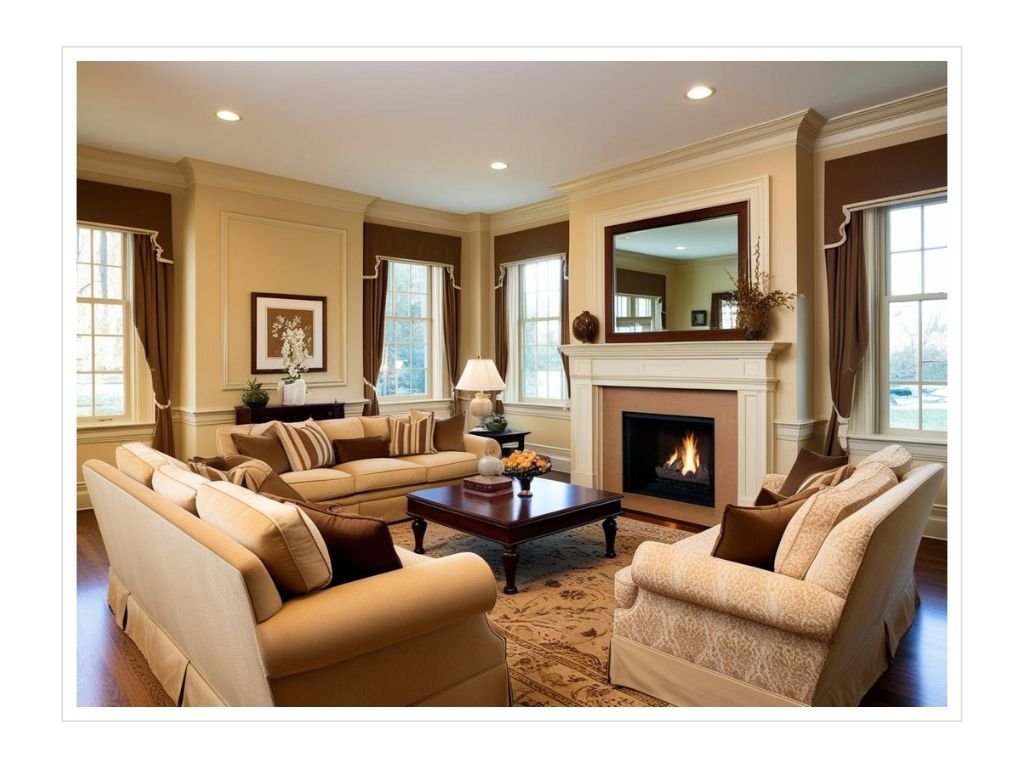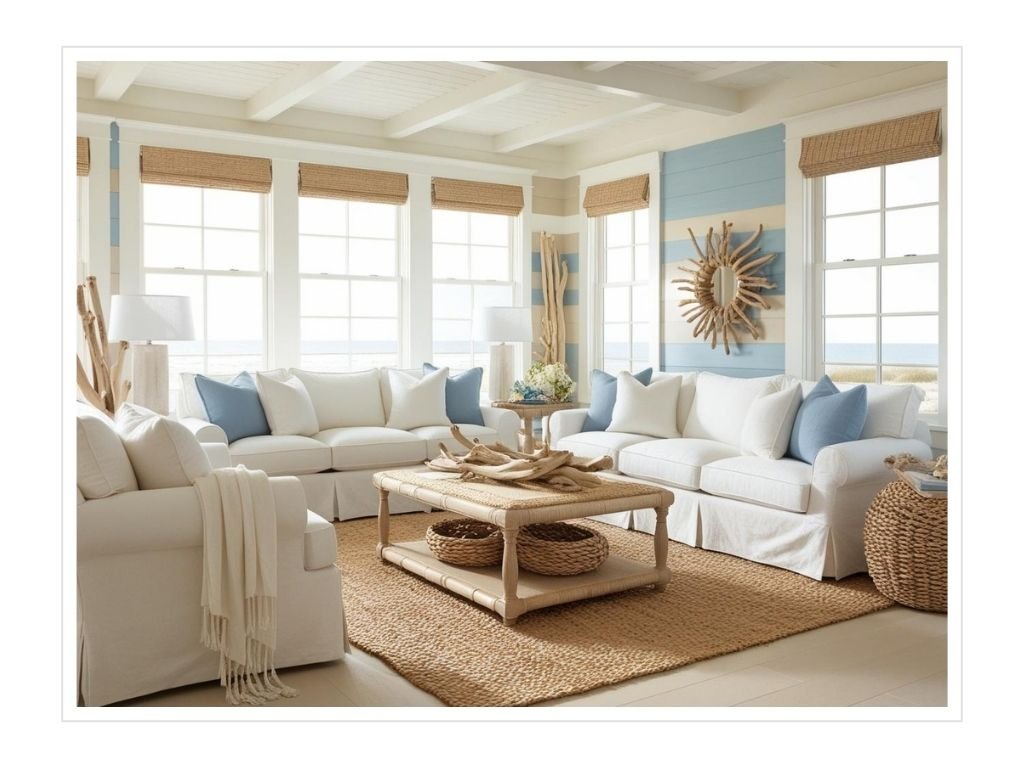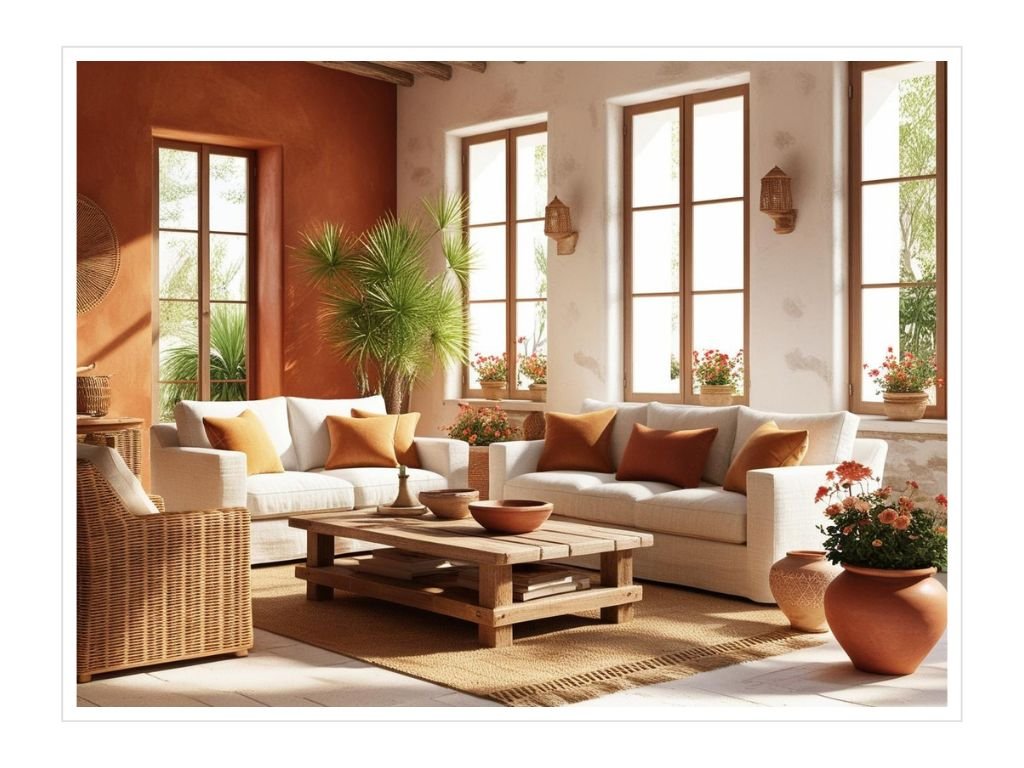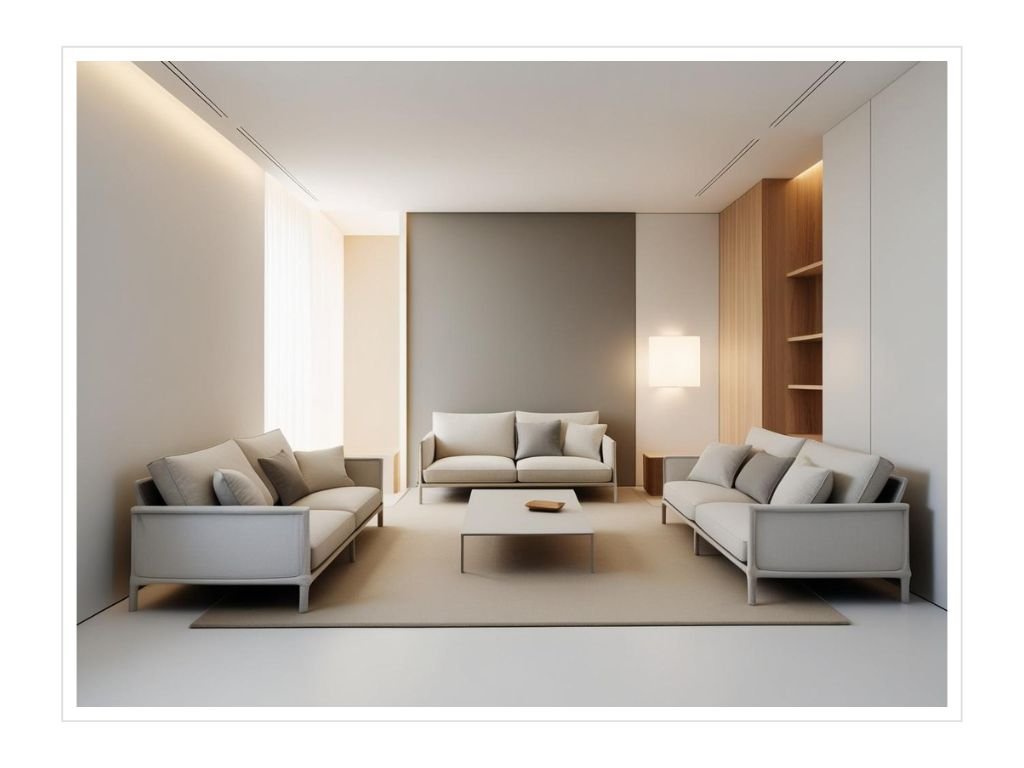As a designer – architect, traditional design has always captured my interest. This genre which blends historical antecedents and classic aesthetics is the key of being at peace, elegance and sense of flow. In this article, I will be giving some solutions on how to successfully mix traditional design principles into certain architectonic structures and their interiors.
The Essence of Traditional Design
Traditional design is the characteristic of balanced symmetry, proportion, and harmony. It borrows from eras like the Greek and Roman Empires or the Europe and Early American styles for their design. In my opinion, a best concept of limit between formal and informal style is well illustrated by rooms that are in some way grand and inviting at the same time.
Architectural Elements
When preparing the traditional buildings, I often use these important parts:
- Fronts with a symmetrical arrangement, all of them have a lateral entrance
- Columns and pilasters
- Refined details of mouldings and cornices
- Divided windows, usually with lids
- Roofing that is high-pitched and dormering
- Building facades made of brick or stone
These six parts work there to make a traditional design look balanced and antiquated; it is make its foundation in continuity.
Materials and Textures
Sometimes I use the building materials which are made historically and underwent the process of craftsmanship to represent past:
- Wood from oak, mahogany, and cherry
- Natural stone like marble and granite
- Plaster walls
- Wrought iron
- Brass, and bronze articles
Those materials are assembled together to create a full appearance that is multifaceted, a characteristic of traditional interiors.
Color Palette
The color decorations in classic design convey a feeling of warmness and intimacy. I prefer to go for:
- Strong rich colors such as burgundy, navy, and bottle green
- Warm neutral colors like beige, cream, and taupe
- Soft pastel shades for a gentle look
- Gold and bronze decorations
These colors create this layered and intricate design that speaks out the overall traditional beauty.
Furniture and Decor
In choosing furniture and accessories for traditional rooms, I am very specific with my choice of materials by getting those that have historical styles:
- Wing-back armchairs and Chesterfield sofas
- Claw feet tables and turned legs
- Antique or reproduction pieces
- Oriented rugs
- Chandeliers made of crystal
- Oil paintings and Gilt-framed mirrors
The idea is to achieve an arrangement that would look like it had been collected through the years.
Pattern and Texture
Beyond other means of expression, texture and pattern is a favorite of traditional design. I use them frequently:
- Flowery and damask patterns
- Stripes and plaids
- Toile de Jouy
- Luxury textiles like velvet, silk, and brocade
- Tufted fabrics
These are the elements that make the eye busy and the feeling deepened giving a surface and luxurious feel to the space.
Lighting in Traditional Design
Lighting is an essential point to the decoration that creates the traditional style. I am used to having:
- Chandeliers made of crystal, they are the main part of the room
- Shades for table lamps made of fabric
- Wall sconces for general lighting
- Picture lights to the entrance of the gallery
- Stand wherein the light has the form of a candlestick
The goal is to bring the warm and cozy atmosphere by combining different layers of light.
Challenges and Solutions
One of the problems in traditional design is not to make it look too fussy or outdated. In this way, I advise:
- Adding here and there modern things to make a difference
- Choosing a brighter color to lighten the room
- Installing high technology carefully and inconspicuously
- Meticulously avoiding clutter by editing
Such an approach helps to create a modern take on traditional style, uncovered and fresh.
Conclusion
The time-honored style not only denotes the enduring appeal of traditional design but also serves as a timeless shorthand that is so dear to the hearts of many. It’s about creating spaces that feel comfortable, refined, and connected to history. As a pro in designing from my own perspective, I am proud to interpret these evergreen principles into contemporary settings, to be functional and also at the same time beautiful.
Keep in mind, the most important requirements for the traditional design to be successful are attention to the smallest details, high-quality workmanship, and having knowledge of historical styles. The result is settings that are not only inhabited by people but also highly prized.




